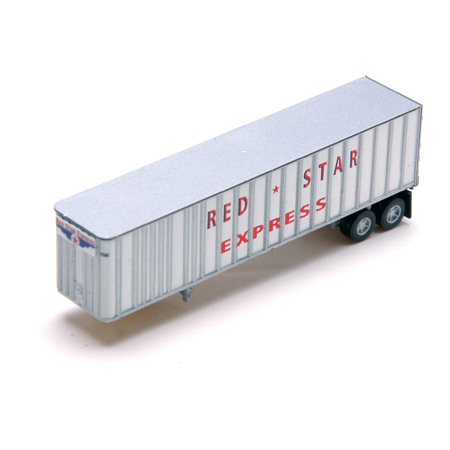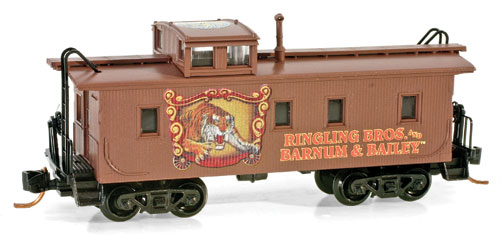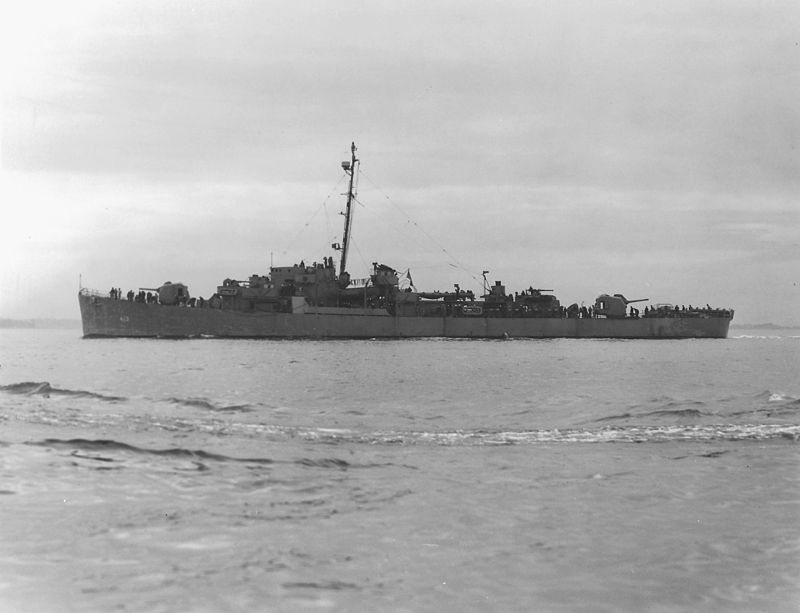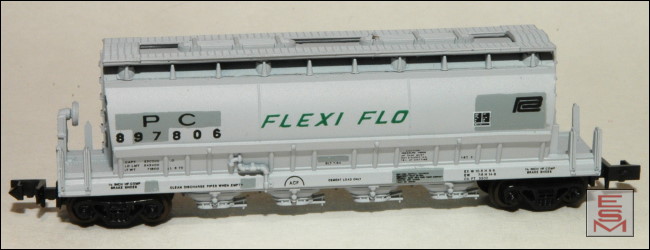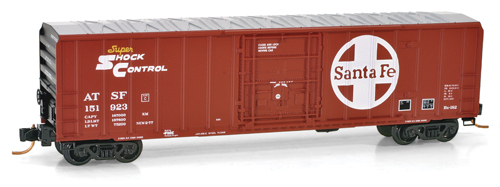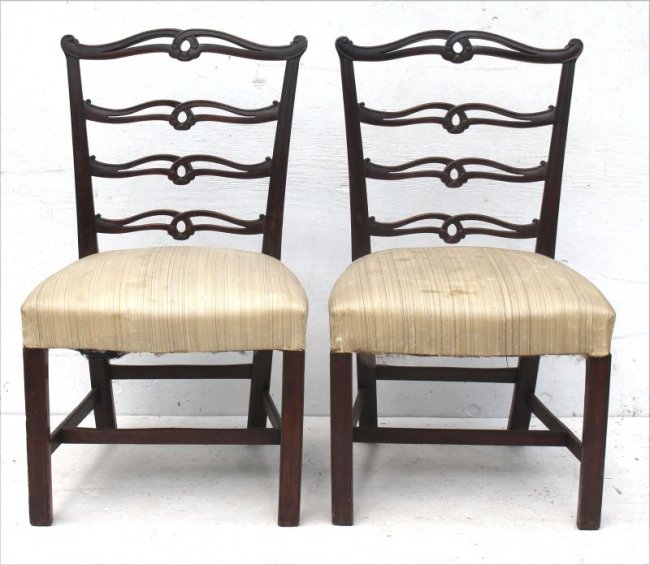Road Name History:  Red Star started in 1932 in Auburn, N.Y., as Red Star Express. At first, Red Star’s routes only served the surrounding areas, including Auburn, Syracuse and New York City. Despite difficult times during the Great Depression, Red Star Express was able to grow quickly, because it carried shipments that were too small to go via railroad, which were only hauling full containers and had restricted schedules.
Red Star started in 1932 in Auburn, N.Y., as Red Star Express. At first, Red Star’s routes only served the surrounding areas, including Auburn, Syracuse and New York City. Despite difficult times during the Great Depression, Red Star Express was able to grow quickly, because it carried shipments that were too small to go via railroad, which were only hauling full containers and had restricted schedules.
Bisgrove’s philosophy – “on time and in good shape” – was simple enough, but won many customers over. Between 1932 and 1961, Red Star expanded throughout the Northeast. The less-than-truckload (LTL) carrier opened terminals in Albany, Buffalo, Jamestown, Rochester, Syracuse and Utica, New York as well as North Bergen, New Jersey. By the early 1960s, gross revenues had exceeded $10 million.
Red Star Express also grew through a series of acquisitions, expanding its service area as it went. (During this time the Interstate Commerce Commission, or ICC, had regulatory oversight of the trucking industry. It approved new routes for trucking companies infrequently; it was usually faster and easier to buy another trucking company with a desired route or routes.)
In 1961, Red Star Express acquired John Vogel, Inc., extending its reach into Philadelphia, western New York and western Massachusetts. The acquisition of Brown’s Express in 1964 provided Red Star Express a route from Boston to Albany. The company began serving Canada in 1967; its acquisition of Wallace Transport and routes gave it access to the province of Ontario and it expanded Canadian service to Quebec in 1969 with the purchase of Laurel Transport.
In total, Red Star purchased seven other companies between 1961 and 1979, extending areas of coverage as it went. By 1980, the company had exceeded $100 million in gross revenue; only a few trucking companies reached that revenue level at that time. Red Star Express was also responsible for pioneering the use of “double bottoms” – tandem trailers that soon would become a common sight on interstates throughout the United States.
In 1987, TNT Limited of Sydney, Australia, purchased Red Star Express and it became a part of a worldwide group of transportation companies. It was the sixth trucking company acquired by TNT Limited’s North American group. In 1992, TNT Freightways became a publicly traded company, separate from TNT Limited. TNT Freightways included TNT Bestway, TNT Holland, TNT Dugan, TNT Reddaway, TNT United and of course, TNT Red Star Express. (SOURCE: www.Freightwaves.com) https://www.freightwaves.com/news/freightwaves-haul-of-fame:-tnt-red-star-express

Bisgrove’s philosophy – “on time and in good shape” – was simple enough, but won many customers over. Between 1932 and 1961, Red Star expanded throughout the Northeast. The less-than-truckload (LTL) carrier opened terminals in Albany, Buffalo, Jamestown, Rochester, Syracuse and Utica, New York as well as North Bergen, New Jersey. By the early 1960s, gross revenues had exceeded $10 million.
In 1961, Red Star Express acquired John Vogel, Inc., extending its reach into Philadelphia, western New York and western Massachusetts. The acquisition of Brown’s Express in 1964 provided Red Star Express a route from Boston to Albany. The company began serving Canada in 1967; its acquisition of Wallace Transport and routes gave it access to the province of Ontario and it expanded Canadian service to Quebec in 1969 with the purchase of Laurel Transport.
In total, Red Star purchased seven other companies between 1961 and 1979, extending areas of coverage as it went. By 1980, the company had exceeded $100 million in gross revenue; only a few trucking companies reached that revenue level at that time. Red Star Express was also responsible for pioneering the use of “double bottoms” – tandem trailers that soon would become a common sight on interstates throughout the United States.
In 1987, TNT Limited of Sydney, Australia, purchased Red Star Express and it became a part of a worldwide group of transportation companies. It was the sixth trucking company acquired by TNT Limited’s North American group. In 1992, TNT Freightways became a publicly traded company, separate from TNT Limited. TNT Freightways included TNT Bestway, TNT Holland, TNT Dugan, TNT Reddaway, TNT United and of course, TNT Red Star Express. (SOURCE: www.Freightwaves.com) https://www.freightwaves.com/news/freightwaves-haul-of-fame:-tnt-red-star-express
Brand/Importer Information: Athearn's history began in 1938, when its founder-to-be, Irvin Athearn, started an elaborate O scale layout in his mother's house. After placing an ad selling the layout, and receiving much response to it, Irv decided that selling model railroads would be a good living. He sold train products out of his mother's house through most of the 1940s. After becoming a full-time retailer in 1946, Irv opened a separate facility in Hawthorne, California in 1948, and that same year he branched into HO scale models for the first time.
Athearn acquired the Globe Models product line and improved upon it, introducing a comprehensive array of locomotive, passenger and freight car models. Improvements included all-wheel drive and electrical contact. One innovation was the "Hi-Fi" drive mechanism, employing small rubber bands to transfer motion from the motor spindle to the axles. Another was the double-ended ring magnet motor, which permitted easy connection to all-wheel-drive assemblies. Athearn was also able to incorporate flywheels into double-ended drives.
The company produced a model of the Boston & Maine P4 class Pacific steam locomotive which incorporated a cast zinc alloy base and thermoplastic resin superstructure. It had a worm drive and all power pickup was through the bipolar trucks that carried the tender. This item was discontinued after the Wilson motor was no longer available, and was not redesigned for a more technologically advanced motor.
Athearn's car fleet included shorter-than-scale interpretations of passenger cars of Southern Pacific and Atchison, Topeka & Santa Fe Railroad prototypes. The company also offered a variety of scale-length freight cars with sprung and equalized trucks. The cars could be obtained in simple kit form, or ready-to-run in windowed display boxes. The comprehensive scope of the product line contributed to the popularity of HO as a model railroad scale, due to the ready availability of items and their low cost.
Irv Athearn died in 1991. New owners took control in 1994, but continued to follow Athearn's commitment to high-quality products at reasonable prices. Athearn was bought in 2004 by Horizon Hobby. Athearn was then moved from its facility in Compton to a new facility in Carson, California. In mid-2009, all remaining US production was moved to China and warehousing moved to parent Horizon Hobby. Sales and product development was relocated to a smaller facility in Long Beach, California.
Read more on Wikipedia and Athearn website.
Athearn acquired the Globe Models product line and improved upon it, introducing a comprehensive array of locomotive, passenger and freight car models. Improvements included all-wheel drive and electrical contact. One innovation was the "Hi-Fi" drive mechanism, employing small rubber bands to transfer motion from the motor spindle to the axles. Another was the double-ended ring magnet motor, which permitted easy connection to all-wheel-drive assemblies. Athearn was also able to incorporate flywheels into double-ended drives.
The company produced a model of the Boston & Maine P4 class Pacific steam locomotive which incorporated a cast zinc alloy base and thermoplastic resin superstructure. It had a worm drive and all power pickup was through the bipolar trucks that carried the tender. This item was discontinued after the Wilson motor was no longer available, and was not redesigned for a more technologically advanced motor.
Athearn's car fleet included shorter-than-scale interpretations of passenger cars of Southern Pacific and Atchison, Topeka & Santa Fe Railroad prototypes. The company also offered a variety of scale-length freight cars with sprung and equalized trucks. The cars could be obtained in simple kit form, or ready-to-run in windowed display boxes. The comprehensive scope of the product line contributed to the popularity of HO as a model railroad scale, due to the ready availability of items and their low cost.
Irv Athearn died in 1991. New owners took control in 1994, but continued to follow Athearn's commitment to high-quality products at reasonable prices. Athearn was bought in 2004 by Horizon Hobby. Athearn was then moved from its facility in Compton to a new facility in Carson, California. In mid-2009, all remaining US production was moved to China and warehousing moved to parent Horizon Hobby. Sales and product development was relocated to a smaller facility in Long Beach, California.
Read more on Wikipedia and Athearn website.
Item created by: CNW400 on 2022-04-21 10:15:19. Last edited by CNW400 on 2022-04-21 10:45:46
If you see errors or missing data in this entry, please feel free to log in and edit it. Anyone with a Gmail account can log in instantly.
If you see errors or missing data in this entry, please feel free to log in and edit it. Anyone with a Gmail account can log in instantly.


